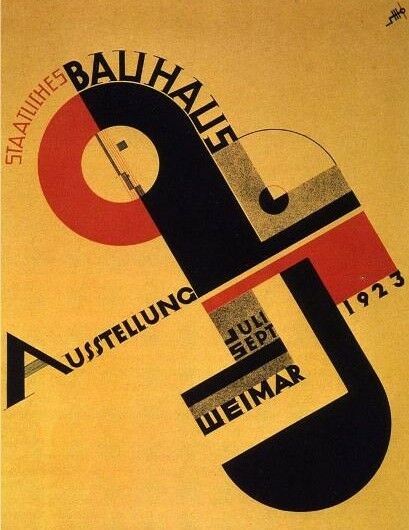The history of the Bauhaus, which lasted only 14 years, was marked by many ups and downs. It was closed a total of three times for political reasons, the last time in 1933 for all time. The radical new ideas of uniting art and craft, of putting male and female artists on an equal footing, and also the communal life of students on a kind of campus were subject to massive criticism since its founding in 1919. Since the Bauhaus in Weimar was state-supported, the Thuringian state government demanded in 1922 that the previous achievements be presented to the public. Despite reservations on the part of the professors around director Walter Gropius, who all thought the timing was too early, they planned an extensive exhibition. It opened a few weeks late on August 15, 1923, and lasted until September 30. Approximately 15,000 visitors saw the show, which was enthusiastically received by many critics. The foundation stone for a new era of design and functional design had been laid. Even after the Bauhaus was closed by the Nazis, its ideas inspired subsequent generations to create innovative concepts.
One of the highlights was the Am Horn show house designed by Georg Muche. The white, square, single-story house turned previous living habits upside down. The exterior form was not convincing, but the room layout inside was all the more inspiring. Around a central square living room with skylight are arranged kitchen, dining room, bathroom, children's room (the second largest room), the lady's room, the gentleman's room, a guest room and a work niche. Due to the slag concrete used, the house was built in just four months and was exceptionally well insulated for its time - only the concrete gave off an unpleasant odor, so it had to be frequently aired out. Until 1998, the Am Horn show house, which critics called the »House for Martians«, served as a residence; since then, it has functioned as a museum.













